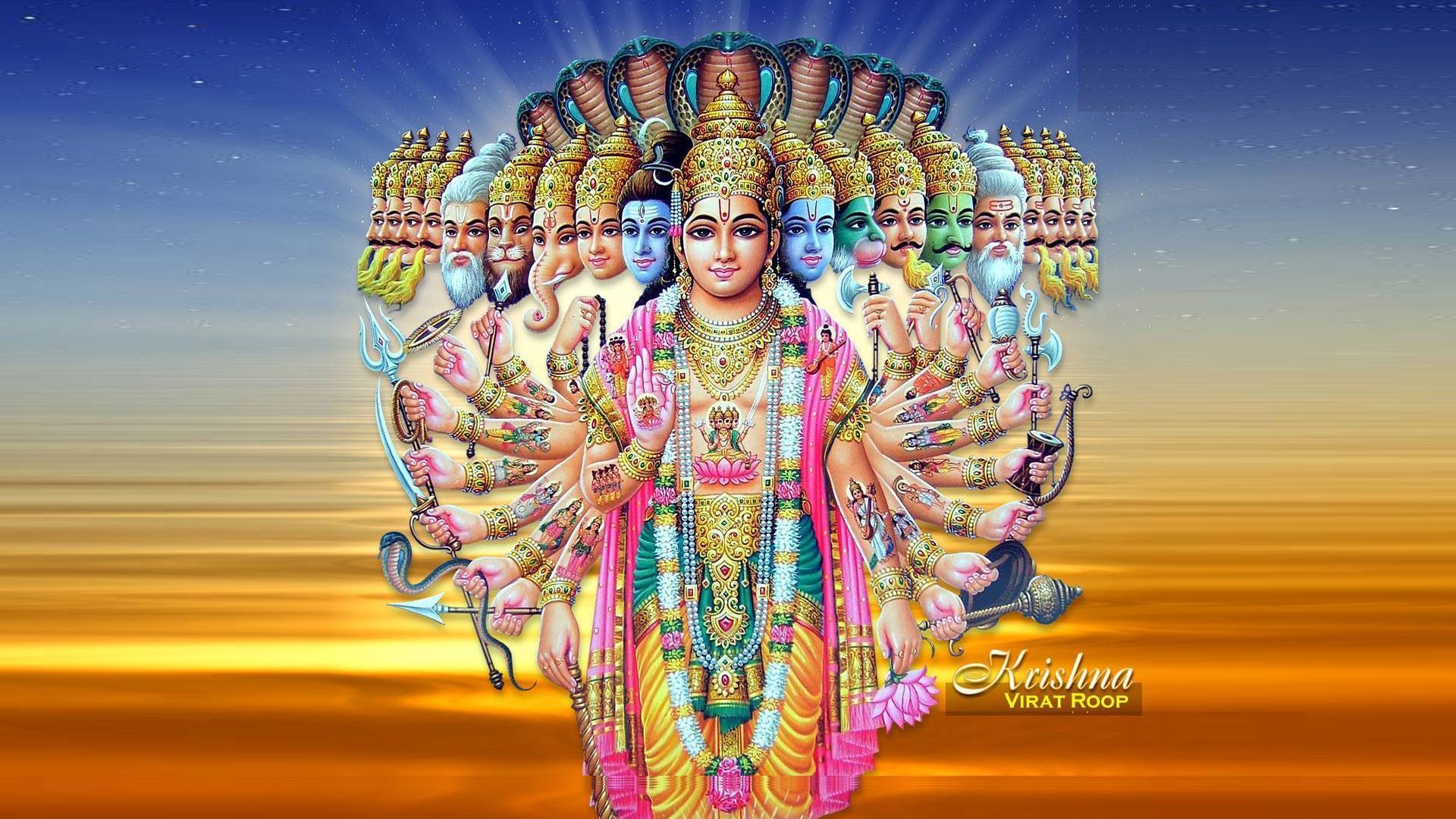Anthropomorphism is the attribution of the human form to things, ideas, non-human concepts. You may remember many such examples like seeing a depiction of a lady on a crocodile in white Saree as the river Ganges or a queen-like figure with the Tricolor in her hand as India.
5000 years ago in the land of seven rivers, were ancient seers who at the dawn of civilization before science could even start systematically exploring the outer universe, explored the inner universe in the most profound possible way. This inner universe is that, which lies inside the human mind – the power of which enables us to imagine, to perceive, to interpret, and to form beliefs. The name of this magical happening to the race was called “Manas”, from which came the “Manava” the Indic word for Man or Human being. Noteworthy is the phonetic similarity between all of these four words, under their link to the common mother namely the "Proto Indo European" language.
The mind is what makes human beings different from the other animals, it’s the power of the mind by which we can interpret and mix our imagination with the interpretation. When the Sun rises from the east and sets in the west, its human mind who only can interpret it as a Godly figure revolves around the planet carrying a huge ball of fire.
Interpretation mixed with imagination with help of the cognition helps us developing the understanding of the universe outside or Jagat, but the understanding exists inside the mind. So if there is a universe outside, one is there inside a human mind too, i.e. the way he or she interprets, processes, and stores it there – this is called “Samsara”. You often hear the words “Jagat-Samsara” together, do not you?
The first philosopher of mankind, sage Kapila termed mind as Purusha and the universe outside as Prakriti or nature. The universe is created when these two merged together i.e. a human mind tries to interpret the inputs he gathers from nature through his senses. This is why, in Hinduism, the universe is said to have been created as soon as the creator, Bramha opened his eyes – symbolic of the first effort of a human being to interpret the universe outside through his senses. To further expand this phenomenon, every human being is Bramha and the creator of his own universe. In other words, every time a human being opens his or her eyes for the first time one universe is created.
Imagine the difference between the way you perceive what is around you vs any other person (it’s hard to know, however), the person may be as close as your twin brother but there is bound to be differences in interpretation and perceptions – there comes the plurality of the Samsara. The universe is not one rather everyone has a version of it, every version is different from the other with its own captive creator.
A piece of stone may be placed as a manifestation of God in a Hindu devotee’s universe, the same stone maybe a piece of low-grade building material for a construction worker’s universe, an interesting subject of research for a Geologist even for someone it may just be a weapon of frightening stray dogs.
What an impersonal Samsara (interpreted universe) maybe then? One of the answers could be – a union of all the “Samsara’s” created by each one of us. So, for a cosmic mind to exist it should be able to hold that many possibilities so that it could lend existence to each one of personal “Samsaras”- which is infinite in reality. No wonder, ancient India could conceptualize infinity before the rest of the world. And this infinite mind with the limitless possibility of interpretation and perception is named “God” in Hinduism.
Now, if an Anthropomorphism of this cosmic mind has to be conceptualized, how it would look like? Again the seers would come to our rescue, they described the same in various places from “Purusha Suktam” of Rig Veda to chapter 11 of Bhagawat Gita.
In Geeta Chapter 11, Arjuna describes,
"O Lord of the universe, O universal form, I see in Your body many, many arms, bellies, mouths and eyes, expanded everywhere, without limit. I see in You no end, no middle, and no beginning. Your form is difficult to see because of its glaring effulgence, spreading on all sides, like blazing fire or the immeasurable radiance of the sun. Yet I see this glowing form everywhere, adorned with various crowns, clubs, and discs.
O all-pervading Viṣṇu, seeing You with Your many radiant colors touching the sky, Your gaping mouths, and Your great glowing eyes, my mind is perturbed by fear. I can no longer maintain my steadiness or equilibrium of mind. O Lord of lords, O refuge of the worlds, please be gracious to me. I cannot keep my balance seeing thus Your blazing deathlike faces and awful teeth. In all directions, I am bewildered. All the sons of Dhṛtarāṣṭra, along with their allied kings, and Bhīṣma, Droṇa, Karṇa – and our chief soldiers also – are rushing into Your fearful mouths."
The combination of the description mixed with the artist’s imagination formed the most complex Anthropomorphism in the history of Humankind, the human form of infinity (or infinite possibilities), the Virat-Roopam.
The icon was first sculpted in the 6th Century Gupta period and it went on becoming complex and complex in the last 1400 years. But interestingly unlike other anthropomorphic images, drawing or sculpting Viswaroopam probably had the maximum artist’s freedom – two images are rarely the same. Strikingly apt as those who are sculpting it are Bramha’s individually and the creators of their own universes.
~Avirup Chakraborty


0 Comments